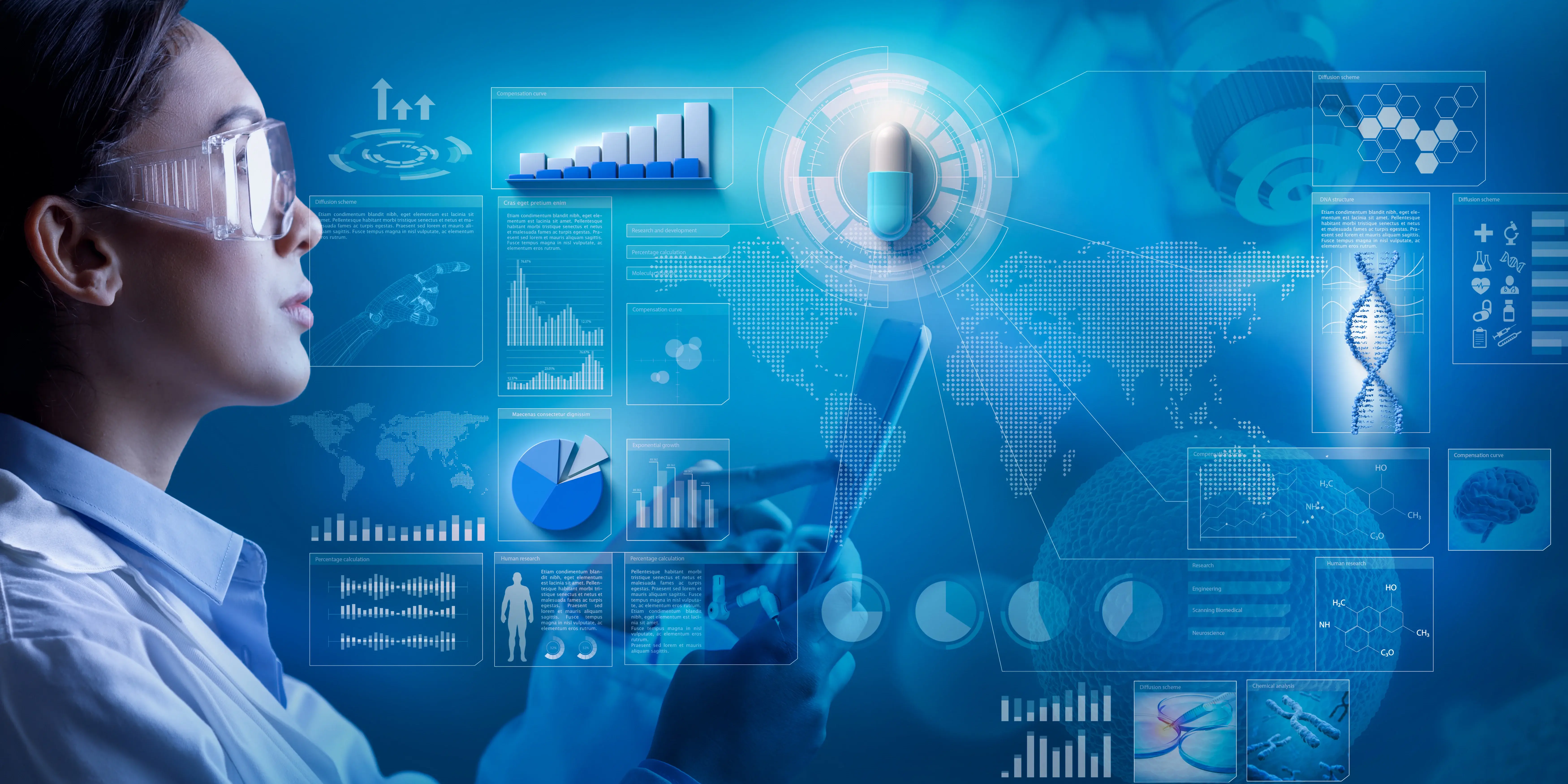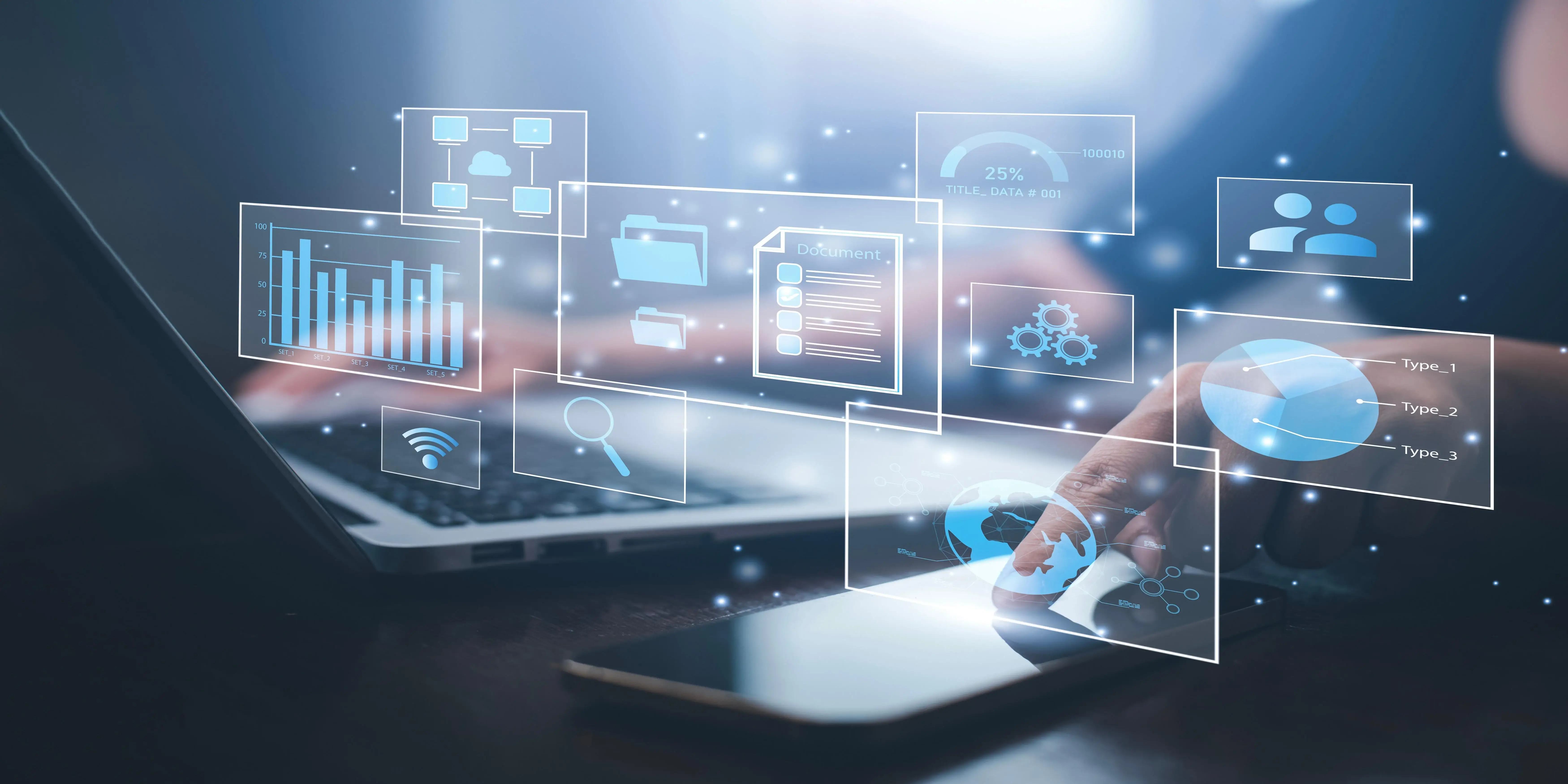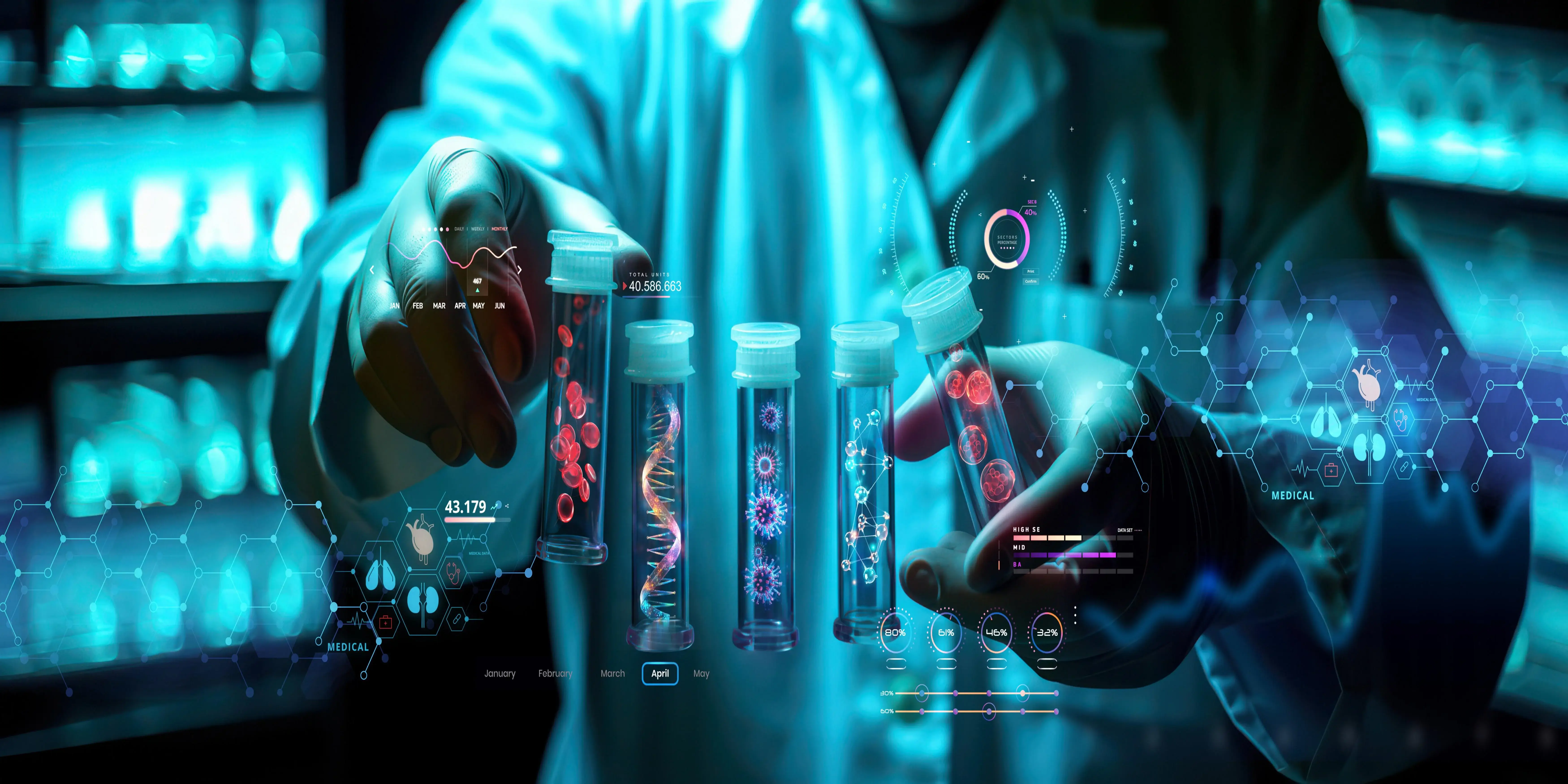Biometrics is the identification and authentication of people through their biological features including voice, iris patterns, fingerprints, facial recognition, and DNA. Biometrics is fast becoming an indispensable tool in a world where verification of identity and digital security has become existential; it offers better security, efficiency, and accessibility. The article addresses the types of biometric systems, their applications in various industries, the problems and ethical concerns they pose, and the future of biometric technology.
Types of Biometric Systems
Today, biometric systems take the form of different forms based on unique biological traits. The oldest technique and most widely applied is fingerprint recognition. As can be seen, it is applied in everything from mobile phones to investigations by the law. Over the past few years, facial recognition technology has been one of the preferred items in security systems as well as cell phones. Iris and retinal scans allow for higher accuracy and are used in airports and military facilities where there is a need for increased security. Voice recognition, although less accurate, is used for quick identification verification in contact centers and digital assistants.
How Biometric Systems Work
The three typical stages of any operation of biometric systems include feature extraction, comparison, and data capture. First, the system captures a biometric characteristic: it is either a fingerprint or an image of a face. It then transposes the recorded data into digital format by extracting important elements. To confirm or identify the person, the system verifies this data with templates stored lastly. Advanced systems use algorithms, hence these are used to enhance the process of matching and also ensure that biometric features are real and not faked.
Accuracy and Reliability of Biometrics
The accuracy and reliability of biometric technologies depend upon the technology and environment in which it is used. For instance, fingerprint recognition performs very well in a controlled environment but will not work at all if the user's hands are dirty or wet. Facial recognition technology has improved significantly in the last few years, yet it is still not completely resistant to obstacles such as headwear and glasses, or dim lighting. Retinal and iris scans are the most reliable because of their extremely low rates of wrongful acceptance and rejection.
Applications of Biometrics
Biometrics in Security and Access Control
Biometric applications are mostly associated with security and access control. Biometrics offers an alternative to traditional keys and passwords, which are considered much more secure for unlocking both laptops and smartphones as well as safe places. With facial recognition technologies becoming increasingly ubiquitous in airports and border controls to verify the identity of travelers, fingerprint scanners are found in corporate environments to limit access to sensitive facilities. Moreover, biometrics is also increasingly becoming the new frontline in cybersecurity to keep away unauthorized access to critical data.
Biometrics in Banking and Finance
Biometric technology has become so prominent that the financial industry now uses it to improve the security and convenience level for clients. Though many persons do not trust biometric technologies, many banks have recently introduced face recognition or fingerprint authentication to cut down opportunities to commit fraud while using mobile banking applications for authentication. Facial recognition technology is also being researched as a possible way of transaction security while some ATMs are equipped with fingerprint scanners to ensure verification of the user. In such a manner, speedier, secure services may be provided for the clients of financial organizations instead of PINs and passwords with the help of biometric authentication.
Biometrics in Health Care
In the health sector, biometrics is applied to enhance facility security, ensure the right access to medical records, and identify patients more effectively. Using iris or fingerprint scanners, hospitals and clinics will reduce mistakes related to misidentification. Biometric technologies will also be used for controlling access to allow authorized workers to enter critical places like operating rooms or pharmaceutical storage. Moreover, biometrics has improved the patient experience in terms of general satisfaction over issues that pertain to time mainly because of faster turnaround times for patient registrations and waiting.
Challenges and Limitations of Biometricse
Privacy Concerns
Privacy ConcernsPrivacy is one of the biggest issues facing biometrics. Unlike passwords or PINs, biometric data is permanent and unique, making it impossible to modify if compromised. This raises questions concerning the gathering, storing, and application of biometric data. Inappropriate use of biometric data by public or commercial entities may result in grave privacy infringement. Therefore, calls for stricter laws governing the gathering and archiving of biometric data are growing.
Security Risks
Even while biometric solutions are typically more secure than conventional authentication techniques, security breaches can nevertheless occur. Biometric systems are susceptible to spoofing by hackers who can create false voice recordings, photos, or fingerprints. Furthermore, unlike passwords, compromised data from a biometric database cannot be restored. Strong encryption and security measures are therefore necessary to guard against theft and unauthorized use of biometric data.
Technological Limitations
Biometric systems are not infallible and can be impacted by a number of variables. For example, face recognition systems can have trouble in dim lighting or with obstacles, and fingerprint scanners can malfunction if the person has cuts or scars. Voice recognition software could not function properly in loud settings or when the user is sick. These restrictions may lessen the reliability of biometrics in certain contexts, and ongoing research is necessary to improve the robustness of these systems.
Emerging Trends in Biometrics
Multimodal Biometrics
The most promising development in biometrics is multimodal systems that combine two or more biometric traits, such as fingerprint and facial recognition, to enhance accuracy and security. Multimodal systems are ideal for high-security applications because they may be less vulnerable to error and spoofing attacks compared to single-modal systems. Additionally, using these systems increases versatility; users can choose the best biometric trait according to the situation.
Integration of Artificial Intelligence
The biometric system grows greatly based on artificial intelligence. Algorithms based on AI will process biometric data quickly and efficiently so as to enhance the experience and security of the user. Apart from that, models of machines can receive updates of novel data in the long run for enhanced accuracy in biometrics.
Biometrics for IoT and Smart Devices
As the IoT grows at such a lightning-fast rate, biometric identification technology is becoming a perfunctory feature of smart devices. All forms of Internet of Things products, from wearable health monitoring to home security systems combined with biometric identification. Besides equipping these applications with biometric characteristics, they will enable unlocking doors or accessing data and monitoring health parameters more securely and conveniently. With a rise in the number of devices getting connected, the usage of biometrics for the Internet of Things would also rise.
Conclusion
Biometrics transforms the way verification of identity, measures of security, and conceptions define themselves in the digital age. There are several issues about this, from improvements in safety concerning healthcare and banking to making access control smoother through airports and corporate environments. Indeed, problems concerning privacy issues, security risks, and ethical aspects might have to be addressed before such use will become responsible and widespread. Technology advancements in the integration of AI and multimodal systems will render biometrics even more particular, secure, and in wider use. The tremendous potential is there for the transformation of industries through safer and more convenient access to people's interaction with technology in the next few years.



